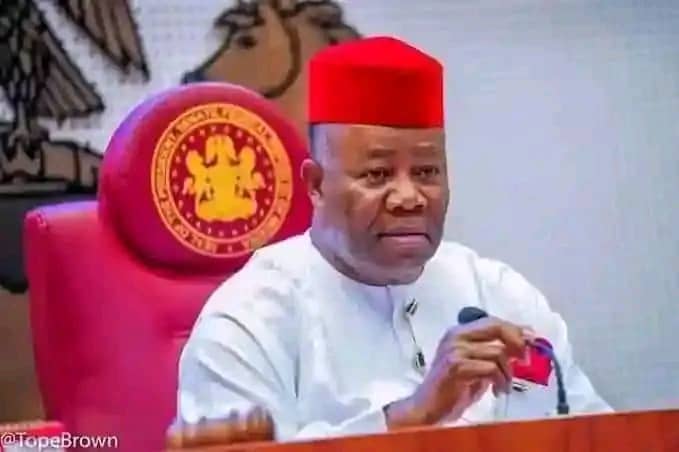Akamkpa LGA Chairman, Hon. Felix Akposi.
By Daniel Agbor
May history be kind to us as we correct the imbalances of yesteryears as Akamkpa gradually pushes for the creation of more local government council.
In a bold and visionary move aimed at unlocking the full economic, demographic, and administrative potential of the Akamkpa Local Government Area in Cross River State, the Chairman of Akamkpa Local Government Council, Hon. (Ophot) Felix Akposi KSJI led stakeholders and leaders of Akamkpa before the House of Representative Committee on constitution amendment review, state creation, local creation and other sundry review at The Metropolitan Hotel on Saturday, 19th July, 2025.
The group Submitted a compelling proposal to the relevant body and stakeholders seeking the creation of six new local councils, bringing the total from one to seven. This ambitious initiative, described by many as “the audacity of hope,” is not merely a political statement but a pragmatic response to the growing demands of governance, equitable resource distribution, and grassroots development.
Under the proposed structure, the new local councils will be distributed as follows: Dusanga Iyong Iyong will have two local councils, Ejagham West will take two, while Ejagham East is set to accommodate three. This configuration reflects careful consideration of three primary indices—economic viability, landmass, and population—each of which justifies the urgent need for decentralisation and administrative realignment.
Economic Viability as a Catalyst
Akamkpa remains one of the most resource-rich and economically vibrant local government areas in Cross River State. Home to vast mineral deposits, extensive forest reserves, and a thriving agricultural sector—including oil palm, timber, cocoa, and food crops—the region contributes significantly to the state’s internally generated revenue. Furthermore, the presence of multinational firms such as Wilmar and other agro-based industries has catalysed employment and local enterprise development, especially in Dusanga Iyong Iyong. The economic dynamism of the area underscores the need for more local governments to manage its growth, attract more investment, and ensure the equitable redistribution of wealth.
Landmass: A Case for Administrative Decentralisation
Covering a vast geographic area that rivals several Nigerian states in sheer size, Akamkpa is currently one of the largest local government areas in the country. Its expansive terrain makes governance and the delivery of public services a logistical nightmare. Many communities, especially those in riverine and mountainous regions, are often cut off from basic social amenities and government presence. By splitting the LGA into seven smaller administrative units, the government can bridge this infrastructural gap, enhance mobility for development agencies, and ensure that every inch of Akamkpa feels the presence of governance.
Population Pressure and the Need for Representation
With an estimated population nearing 600,000, Akamkpa is rapidly urbanising. The demographic explosion, particularly among the youth, has placed immense pressure on available resources, education, health services, and employment opportunities. A single local government structure is no longer adequate to cater to the aspirations of such a vast population. The creation of six additional local councils will not only improve political representation and participation but also ensure that no group is left behind in the distribution of democracy’s dividends.
Hope Rooted in Strategy
The selection of Dusanga Iyong Iyong and Ejagham tribes as the axis of this new arrangement is not arbitrary. It is anchored in the history of old Ejagham/Dusanga Iyong Iyong County Council, the socio-cultural composition, and development trajectory of Akamkpa. The people of these regions have long clamoured for equitable recognition and administrative autonomy, citing underrepresentation and developmental neglect. This proposal, therefore, represents a genuine effort to correct historical imbalances and give all sub-ethnic communities a seat at the table of governance.
Conclusion:
The call for the creation of six new local councils out of Akamkpa is not just an act of hope—it is an act of justice. It recognises the untapped potential lying dormant in the communities of Dusanga Iyong Iyong, Ejagham West, and Ejagham East. It is a proactive step toward inclusive development, effective governance, and the true meaning of federalism. As the wheels of bureaucracy begin to turn, the people of Akamkpa await, with cautious optimism, a future where governance is brought closer to their doorsteps and where hope is no longer a dream, but a lived reality.
Agbor is the Chief Press Secretary to the Akamkpa LGA Chairman.










